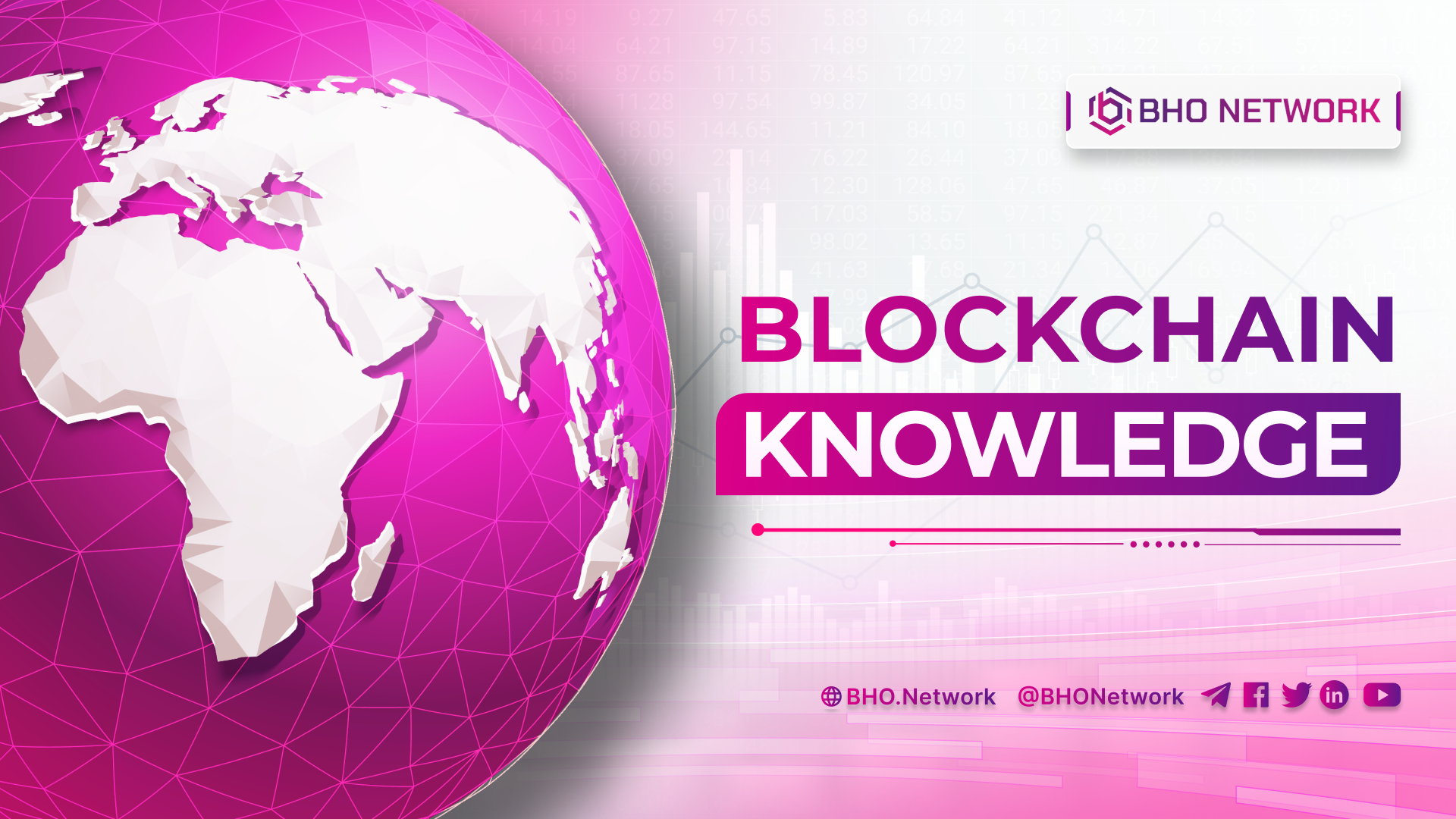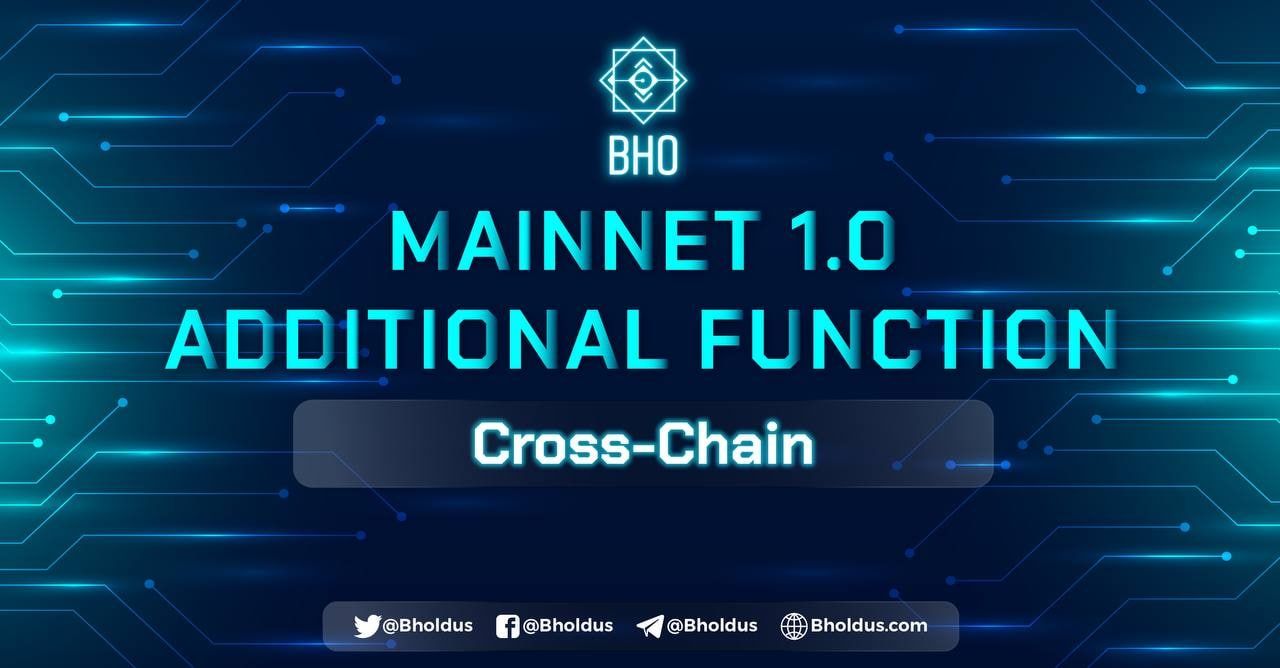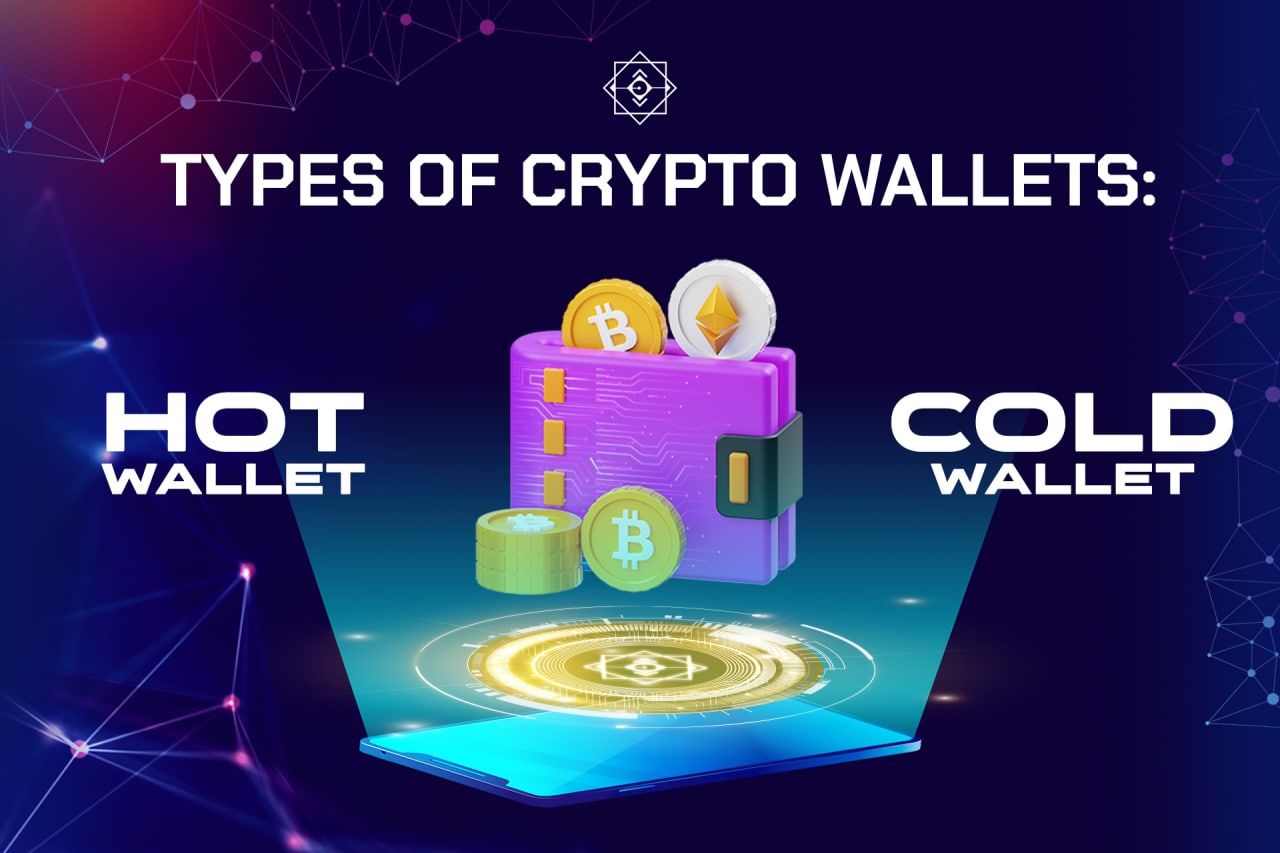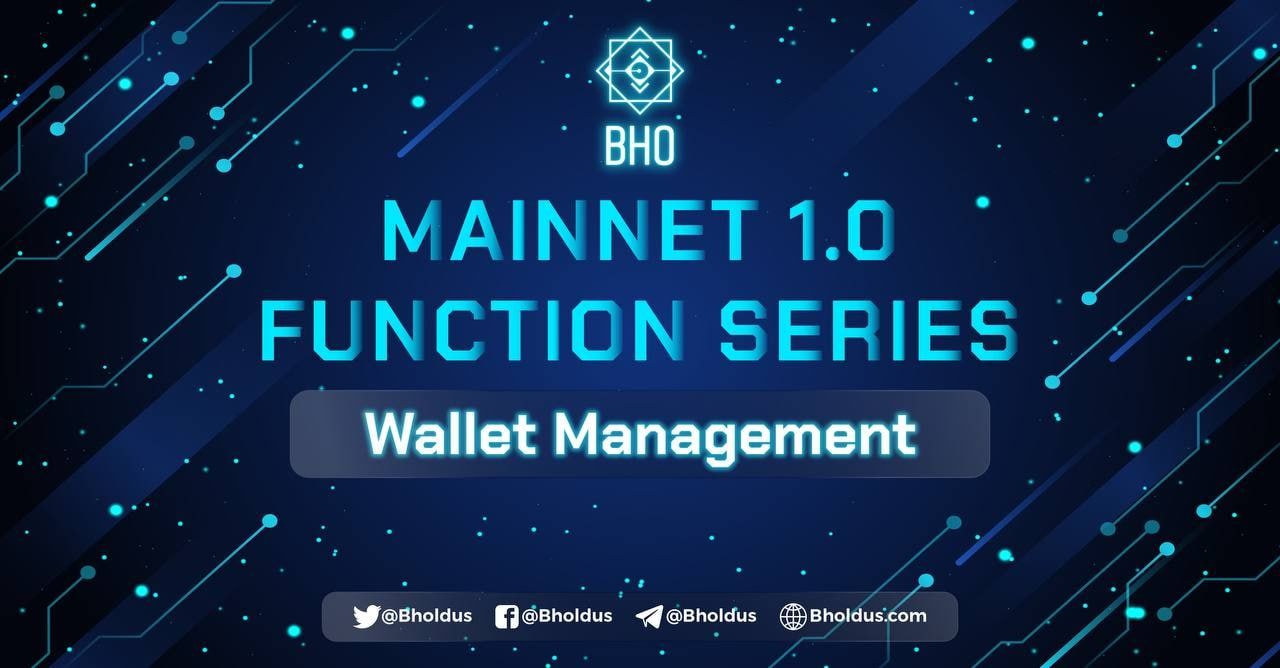- Blog
- Crypto News
- Tokenomics: What Should Projects Consider
Tokenomics: What Should Projects Consider
- Token supply and distribution
- Token utilities
- Inflation, deflation, and hybrid
- Deflation
- Inflation
- Hybrid
Blockchain projects today are still undeniably financial products, or have heavy financial elements. The success of most projects is reflected in the growth in the project's token price - the most obvious and noticeable element when evaluating any project.
Being a financial product by nature, the supply and demand factors directly affect the growth in the price of the token, and the condition that determines the supply and demand for a token is the economy of that token, aka tokenomics.
Tokenomics is the driving force for investors to invest in the project, as well as the motivation for the project development team. The interests of both parties should be balanced, and tokenomics should be designed in a reasonable and well-organized manner. A project with good tokenomics has long-term growth potential because it creates an incentive to buy and hold tokens.
So what factors should projects consider when designing tokenomics?
Token supply and distribution
The only groups of people capable of holding the largest amount with the lowest basic cost are the development team and the investment funds that invested early. That means the biggest selling force will usually come from this group. So how should projects allocate tokens to these groups?
Take Kasta project and its tokenomics:With the above tokenomics allocation ratio, at first glance we can see that it is quite reasonable, because the highest token holding rate is only 15%. However, on further inspection, we will see that:
- Investors: Seed and Private - 18%
- The development team including: Executive team, Advisor, Ecosystem Introduction, Product Development, Marketing, Operations, Rewards, General Reserve - 71.5%
- Market Makers: Trading and Liquidity - 8%
- Retail investors: Raising capital, raising funds - 2.5% This means that 97.5% of the tokens are in the hands of the investment funds and the development team, with a base cost from $0.02/token to almost zero, and they will have full control of the token economy.
Projects need to carefully calculate the amount of tokens allocated to the development team enough to create momentum for product development, but at the same time limit their possible influence on the market. In addition, locking the development team's tokens and setting a gradual unlocking schedule for a long time is also a necessary factor to keep the development team committed to the project for a long time. Usually it will be a 1-year lock and gradually unlock over 2 years - a period that is widely applied in many projects.
Token utilities
The applicability of the token will be an important factor in determining the need to buy and hold tokens. The application of the token can be very diverse, in addition to the common and easy-to-apply features such as administration and profit farming, more specific features will depend on the nature of the project.
If the token has no application or is purely administrative, there is no incentive to buy. Different from the token supply and distribution, projects are free to get creative in building applications for tokens efficiently.
For example, in GameFi, if it is the token that pays gamers, it will cause inflation, and it will be difficult for the token price to increase. In the case of using the main token to buy essential in-game items such as buying Metamon in RadioCaca, if the token price goes too high, new players will not be able to buy to play. Therefore, GameFi projects need to separate the interests of investors and gamers.
Inflation, deflation, and hybrid
Last but not least, projects need to choose whether their tokens will adopt a deflationary, inflationary or hybrid model.
Deflation
Most investors prefer this model, because the supply of tokens is capped at a fixed level, e.g. Avax, BNB, Luna. The supply of these tokens will only decrease over time through burning mechanisms, for example: token buybacks and burning, or burning per transaction.
Not to mention that tokens can be lost due to accidents such as forgetting the wallet password or losing the wallet. That means, even for tokens that do not have a burning mechanism but have a fixed supply limit, it will still be a deflation model. The deflationary model has the advantage that it is easy to design, does not take too much mathematical formula to build an effective deflation model, so many projects favor this model.
Inflation
In the inflation model, the token will not have a fixed supply and will be printed more over time. That means the supply will gradually increase. Tokens can be added on a fixed schedule, printed according to a nonlinear equation, or printed on demand. Inflation models are much more difficult to design and maintain than deflation models.
However, there are a few rules in designing an inflation token model that need special attention:
- Printing more tokens on demand is not allowed. Investors are afraid of this because it will create uncontrollable inflation.
- Inflation greater than 200%/year will make it very difficult to maintain the economic model of the token, so it is best to keep inflation below 150%/year. However, inflation is not always a bad thing. For example, in a normal economy, a currency must always have a certain inflation rate to help boost the economy. Some major ecosystems are currently using an inflation model, such as Ethereum and Polkadot.
Hybrid
Many projects have successfully applied the hybrid model to their tokenomics, such as Solana.
In essence, Solana is an inflation token, as Solana's initial inflation rate is 8% and gradually decreases over the next 10 years to reach 1.5% annually. However, each transaction will burn a certain amount of Solana tokens, and by calculations, with a large enough on-chain transaction volume, that will result in an annual burn rate higher than 1.5%, thus making the token's model a deflation model.
Each model has its own advantages and disadvantages depending on the purpose of the project. It is necessary to carefully consider the use of the supply model and give an accurate calculation.
Those are the key points about tokenomics that every project should know. Operating a blockchain project, whether DeFi or GameFi, is not easy, and to have good tokenomics, not only the project needs to understand the needs of the market, the psychology of investors' behavior, but also must understand what the goal of the project is. Fulfilling the above requirements for a startup is easier said than done.
Mr. Nhat Phan, CEO and Co-Founder of BHO Network, shared: “Designing tokenomics will be the first difficult problem startups have to face, therefore, projects should first consult some successful projects, or seek experienced advisors in the market to avoid unnecessary risks.”
Also according to Mr. Nhat, the BHO Launchpad product coming out at the end of this March will act as an incubator to support the development of potential projects. These projects can look to BHO Network and BHO Launchpad for help in building an efficient, secure, and sustainable tokenomics model.
Published on March 27, 2022
Tagged topics







